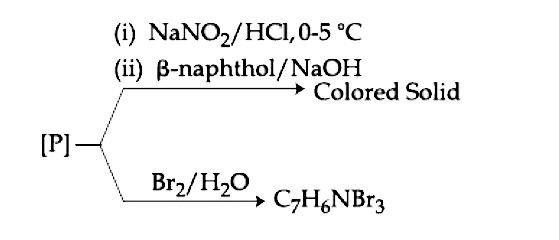Consider the following reaction :
 ,
,
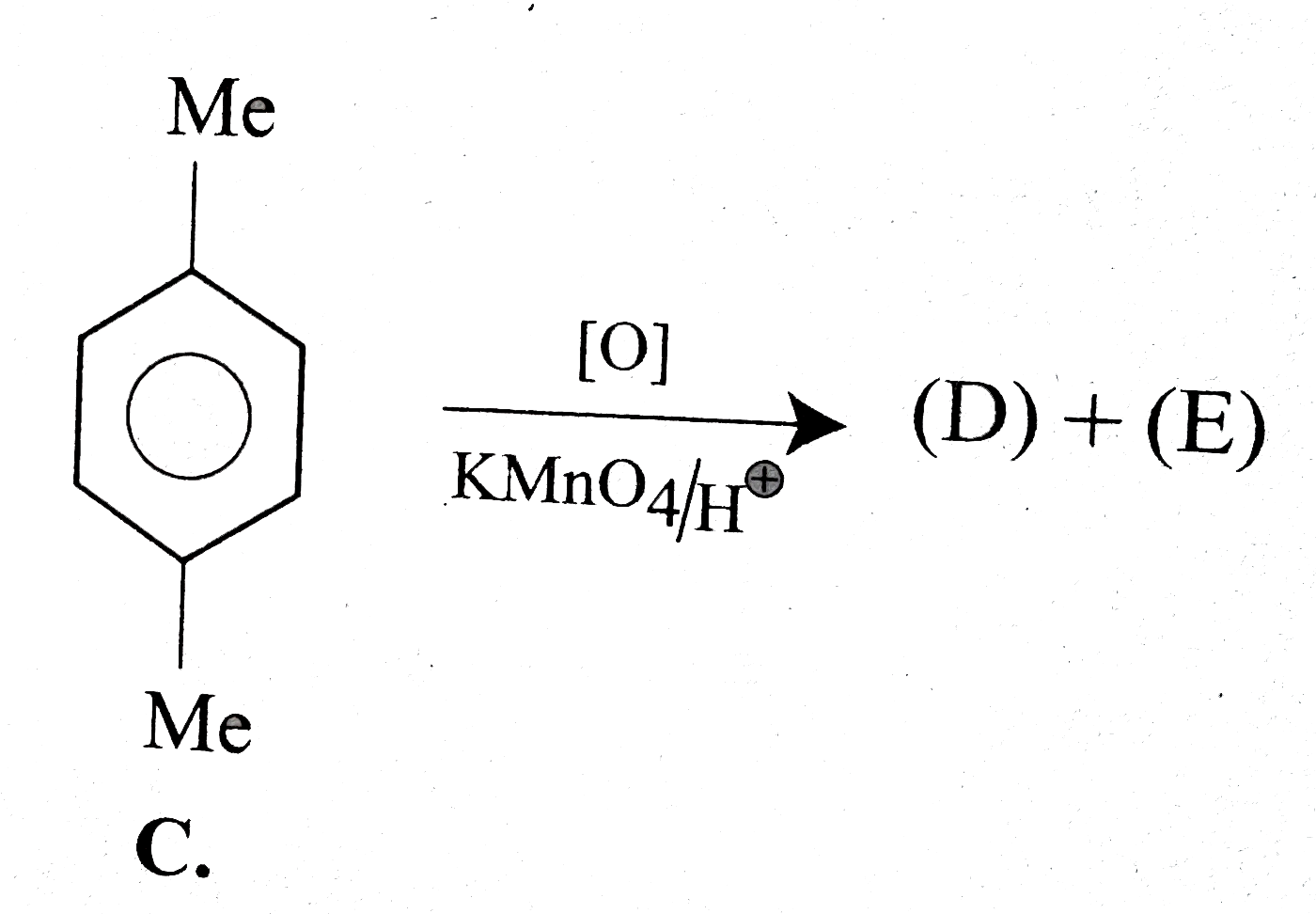 .
.
The compound D is an ortho-isomer and E is a p−isomer.ThecompoundsDandE, respectively, are :
A
Phthalic and isophthalic acids
B
Isophthalic and phthalic acids
C
Terephthalic and phthalic acids
D
Phthalic and terephthalic acids.
Video Solution
Text Solution
The correct Answer is:D
(d)  .
.
|
Updated on:21/07/2023
Topper's Solved these Questions
- BOOK - CENGAGE CHEMISTRYCHAPTER - GENERAL ORGANIC CHEMISTRYEXERCISE - Multiple Correct22videos
GENERAL ORGANIC CHEMISTRY
- BOOK - CENGAGE CHEMISTRYCHAPTER - GENERAL ORGANIC CHEMISTRYEXERCISE - Single Correct25videos
GENERAL ORGANIC CHEMISTRY
- BOOK - CENGAGE CHEMISTRYCHAPTER - GENERAL ORGANIC CHEMISTRYEXERCISE - Concept16videos
GENERAL ORGANIC CHEMISTRY
- BOOK - CENGAGE CHEMISTRYCHAPTER - CLASSIFICATION AND NOMENCLATURE OF ORGANIC COMPOUNDSEXERCISE - Analytical and Descriptive Type3videos
CLASSIFICATION AND NOMENCLATURE OF ORGANIC COMPOUNDS
- BOOK - CENGAGE CHEMISTRYCHAPTER - HYDROGEN, WATER AND HYDROGEN PEROXIDEEXERCISE - Subjective Archive (Subjective)3videos
HYDROGEN, WATER AND HYDROGEN PEROXIDE
Similar Questions
Knowledge Check
- Question 1 - Select One

The compounds (D) and (E ) are:AEnantiomersBDiastereomersCGeometrical isomersDPositional isomers - Question 2 - Select One
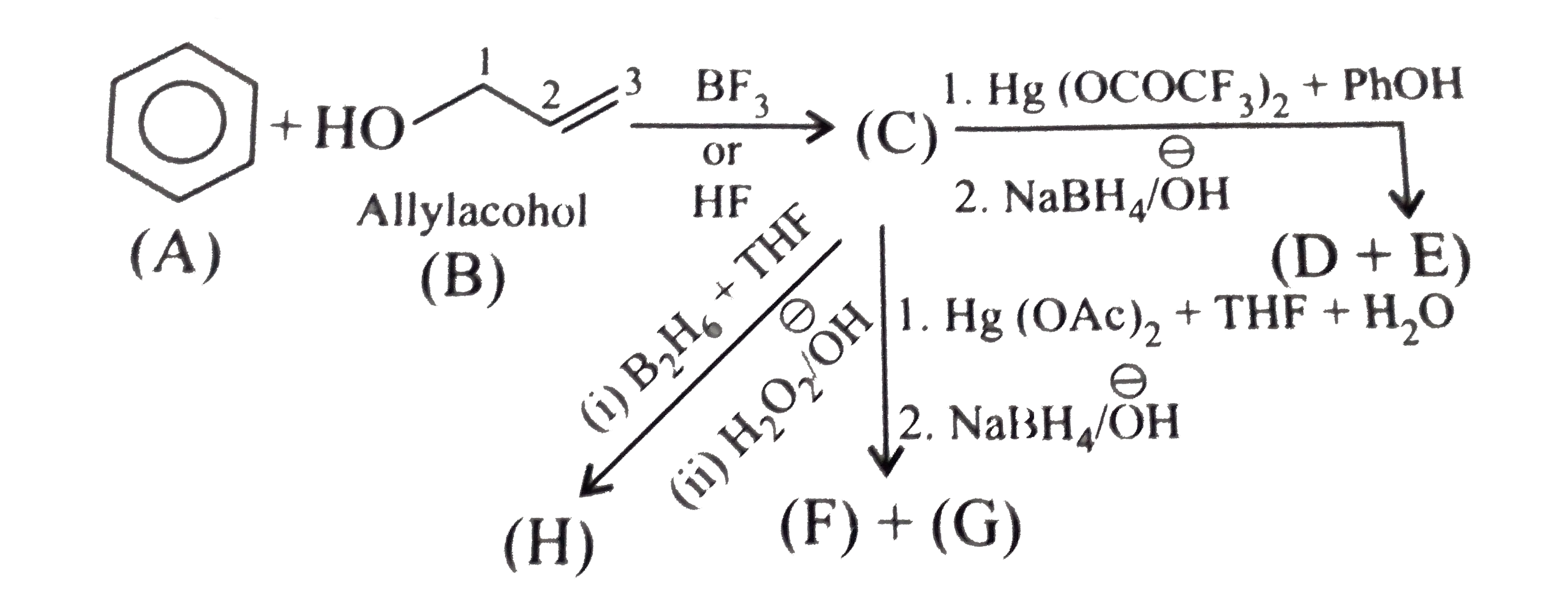
The compounds (D) and (E ) are:A B
B C
C D
D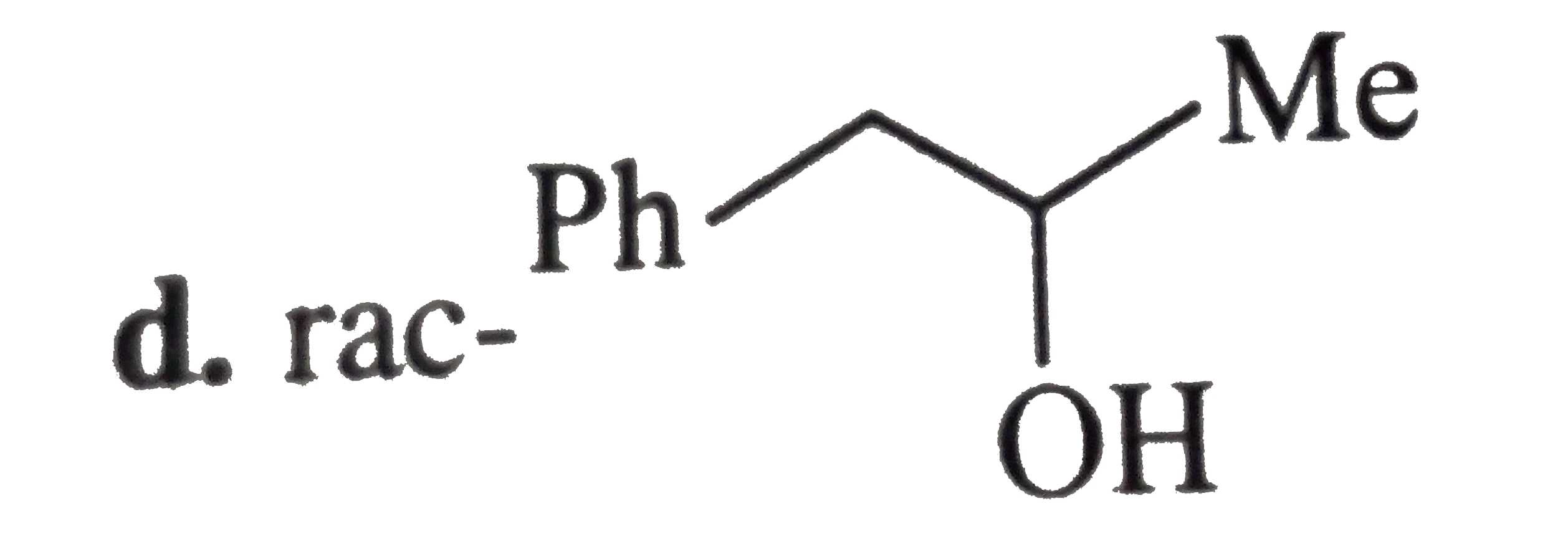
- Question 3 - Select One
Consider the following reaction :

,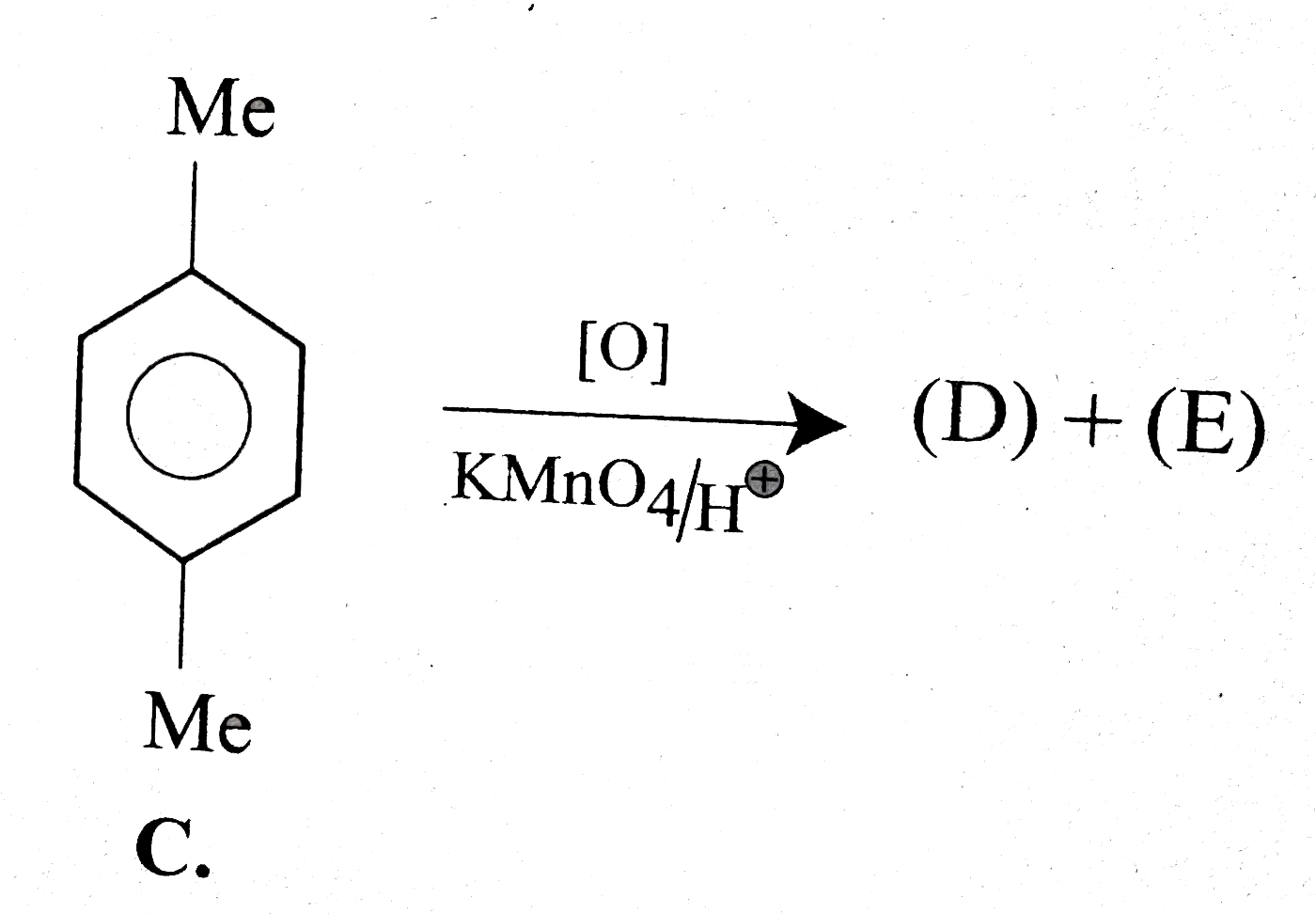 .
.
The m−isomer of D and E is called :APhthalic acidBIsophthalic acidCTerephthalic acidDNone
Consider the following reaction,
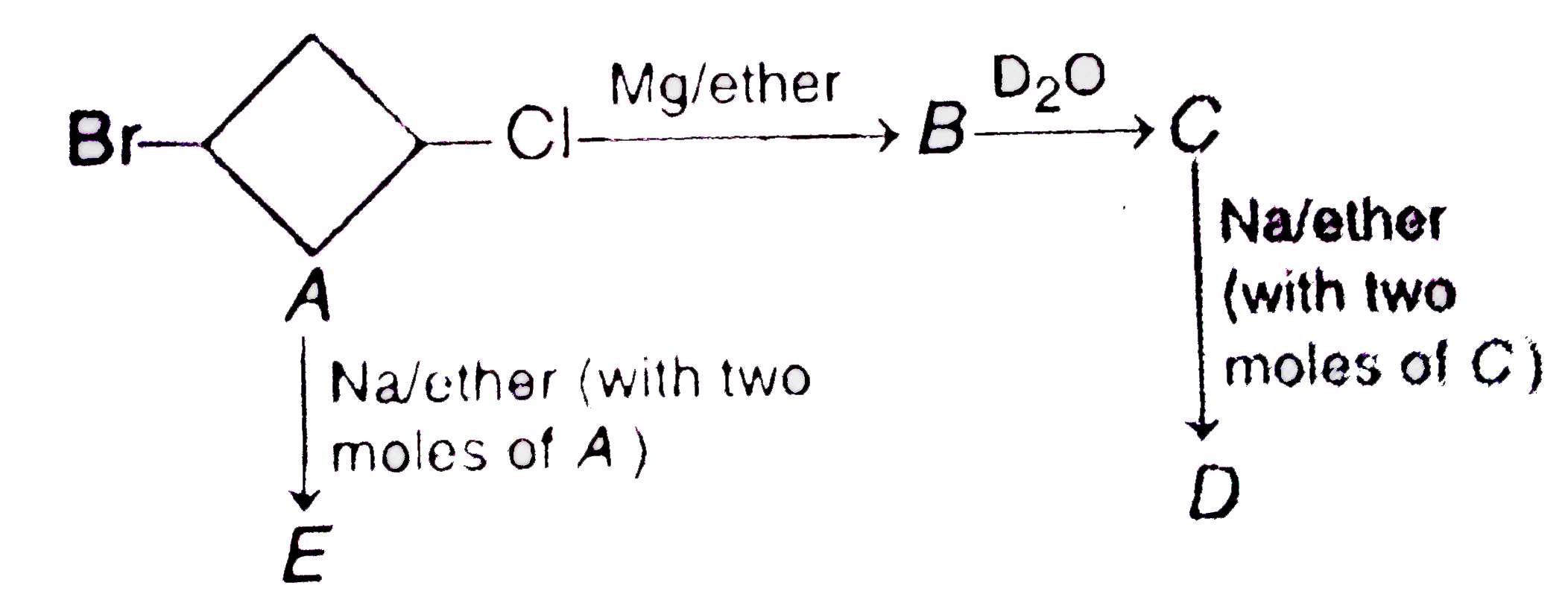
D and E respectively areView SolutionThe compound (U) is (the major isomer is ):
 View Solution
View SolutionThe E-isomer is
View SolutionThe number of stereoisomers and optical isomers possible for the compound
abdC-Cabd are respectivelyView SolutionWhich one of the compound is not isomers of others?
View Solution



